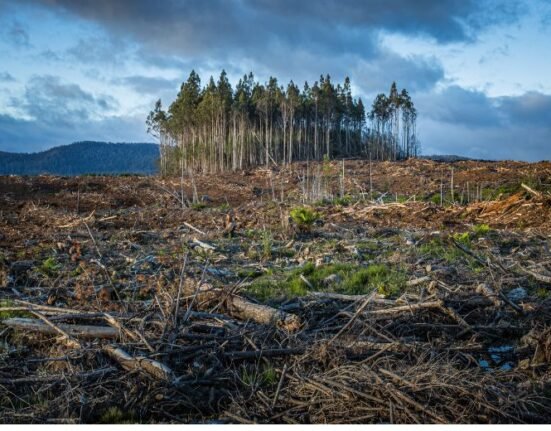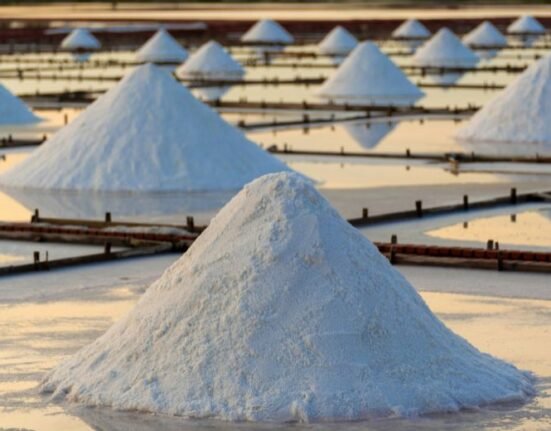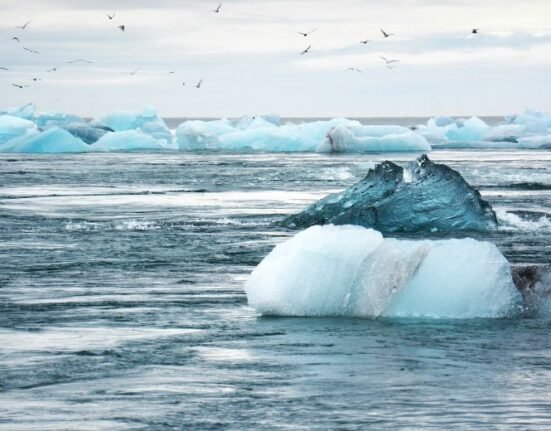HQ Team
October 16, 2024: A new research on the depleting carbon sinks on our planet has thrown up some crucial questions on how climate change is affecting this natural cleaner of the atmosphere, and in turn upsetting the calculations of climate scientists for keeping global warming at bay.
The global team of researchers have reported a significant decline in the Earth’s ability to absorb carbon dioxide (CO2) in 2023, raising concerns about the impact of climate change. The atmospheric CO2 growth rate reached an unprecedented high of 3.37 parts per million (ppm) at the Mauna Loa Observatory, marking an 86% increase from the previous year. This surge occurred despite only a modest rise of 0.6% in global fossil fuel emissions.
The research team combined data from dynamic global vegetation models, satellite fire emissions, and atmospheric measurements to create a comprehensive picture of carbon absorption and release.
Key findings from the study reveal that the global net land CO2 sink—the Earth’s natural ability to absorb carbon from the atmosphere—plummeted to just 0.44 gigatons of carbon per year, the weakest performance since 2003. This decline is attributed to extreme weather events, particularly severe droughts in the Amazon, devastating wildfires in Canada, the boreal forest decline and overall climate stress affecting various ecosystems.
“In 2023 the accumulation of CO2 in the atmosphere is very high and this translates into a very, very low absorption by the terrestrial biosphere,” said Philippe Ciais, a researcher at the French Laboratory of Climate and Environmental Sciences, who was an author of the research paper..
Importance of carbon sinks:
Carbon sinks are natural systems, such as forests, oceans, and soil that absorb more carbon dioxide than they release. They play a crucial role in regulating the Earth’s climate by mitigating the effects of greenhouse gas emissions. Healthy carbon sinks are vital for offsetting human-induced CO2 emissions and combating climate change
Rainforest depletion
The Amazon rainforest, often referred to as the “lungs of the planet,” experienced significant carbon loss during a drought period, contributing to a staggering carbon release of 0.31 gigatons per year. Reports highlight that prolonged droughts can lead to tree mortality, reducing the forest’s overall biomass and its capacity to sequester carbon
Wildfires
The increased frequency and intensity of wildfires in Canada and the western United States, have also contributed to the decline of carbon sinks. Wildfires release large amounts of stored carbon back into the atmosphere, negating years of carbon absorption. In 2023, Canada experienced record-breaking wildfires, which released approximately 0.58 gigatons of carbon.
Oceanic warming
The oceans, another critical carbon sink, are also showing signs of distress. Warmer sea temperatures and changing ocean currents can affect the ocean’s ability to absorb CO2. Reports suggest that the ocean’s carbon sink has been fluctuating, with some regions experiencing increased uptake while others, particularly in the Northeastern Atlantic, have seen a decline due to high sea surface temperatures. The increased numbers of hurricanes are a result of warming oceans and upset currents.
Adding to this factor is the upset biodiversity where ocean planktons are not performing t heir task of burying carbon into deep seas due to ocean warming.
Land carbon sink
Moreover, the research highlighted a worrying trend in the northern hemisphere, where the land carbon sink has halved since 2015, now standing at only 1.13 gigatons per year. The tropics, which had previously acted as a carbon sink during cooler La Niña years, shifted to a carbon source during the 2023 El Niño, releasing an estimated 0.56 gigatons of carbon.
The study also pointed out that regions experiencing extreme heat in 2023 contributed to a gross carbon loss of 1.73 gigatons, indicating that rising temperatures are severely hampering the ability of terrestrial ecosystems to mitigate climate change.
Emission loop
The dissolution of carbon sinks creates a feedback loop that can accelerate climate change. As carbon sinks weaken, more CO2 remains in the atmosphere, leading to higher temperatures, which in turn can further stress these ecosystems. This cycle poses a significant threat to global climate stability.
“We’re seeing cracks in the resilience of the Earth’s systems. We’re seeing massive cracks on land – terrestrial ecosystems are losing their carbon store and carbon uptake capacity, but the oceans are also showing signs of instability,” Johan Rockström, director of the Potsdam Institute for Climate Impact Research, told an event at New York Climate Week in September.
“Nature has so far balanced our abuse. This is coming to an end,” he said.
These findings raise alarms about the reliability of climate models, which do not factor in natural disasters such as wildfires, tree mortality and the loop effect of climate change. Most assume that forests will continue to absorb a large portion of human emissions.
“None of these models have factored in losses like extreme factors which have been observed, such as the wildfires in Canada last year that amounted to six months of US fossil emissions. Two years before, we wrote a paper that found that Siberia also lost the same amount of carbon,” said Ciais.
According to Ciais, extreme heat in 2023 had a devastating effect on terrestrial ecosystems, underscoring the need for urgent action to restore forests and reduce fossil fuel emissions.








